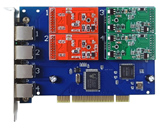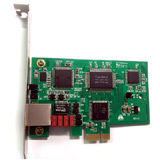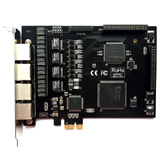
| Index |
||||||||||||||||
About VoIP Voice over Internet Protocol, also called VoIP, IP Telephony, Internet telephony, Broadband telephony, Broadband Phone and Voice over Broadband is the routing of voice conversations over the Internet or through any other IP-based network. Companies providing VoIP service are commonly referred to as providers, and protocols which are used to carry voice signals over the IP network are commonly referred to as Voice over IP or VoIP protocols. They may be viewed as commercial realizations of the experimental Network Voice Protocol (1973) invented for the ARPANET providers. Some cost savings are due to utilizing a single network - see attached image - to carry voice and data, especially where users have existing underutilized network capacity that can carry VoIP at no additional cost. VoIP to VoIP phone calls are sometimes free, while VoIP to public switched telephone networks, PSTN, may have a cost that's borne by the VoIP user. There are two types of PSTN to VoIP services: -Direct Inward Dialing (DID) and access numbers. DID will connect the caller directly to the VoIP user while access numbers require the caller to input the extension number of the VoIP user.
|
||||||||||||||||





